Art
The 10 Best Booths at Art Basel in Basel
Now in its 49th edition, Art Basel in Basel is still trying new things. This year, the fair has implemented a sliding scale price model, allowing smaller booths to pay less per square meter. One exhibiting gallery, New York’s Essex Street, isn’t actually selling any work at all: Per the wishes of artist
, the artworks are for rent.
At the preview on Tuesday, Art Basel global director Marc Spiegler acknowledged broad art market challenges, including the opposition that smaller, younger galleries face. “We live, let’s be honest, in a difficult time for galleries,” he said. “It’s a time of consolidation. It’s a time when the market often focuses on a few galleries and a few artists.” There’s still hope, though. The fair—with 290 galleries from 34 different countries—kicked off with a strong first day of sales and significant media attention. Cameras swarmed, in particular, around the massive
sculpture Sacred Heart (Magenta/Gold) (1994–2007). Some things never change.
Below, we share 10 highlights from this year’s fair.
A Gentil Carioca
Galleries Section, Booth S19
With works by Maxwell Alexandre, Vivian Caccuri, Laura Lima, Jarbas Lopes, Renata Lucas, Arjan Martins, João Modé, Maria Nepomuceno, Opavivará!, Pascale Marthine Tayou, and Rodrigo Torres
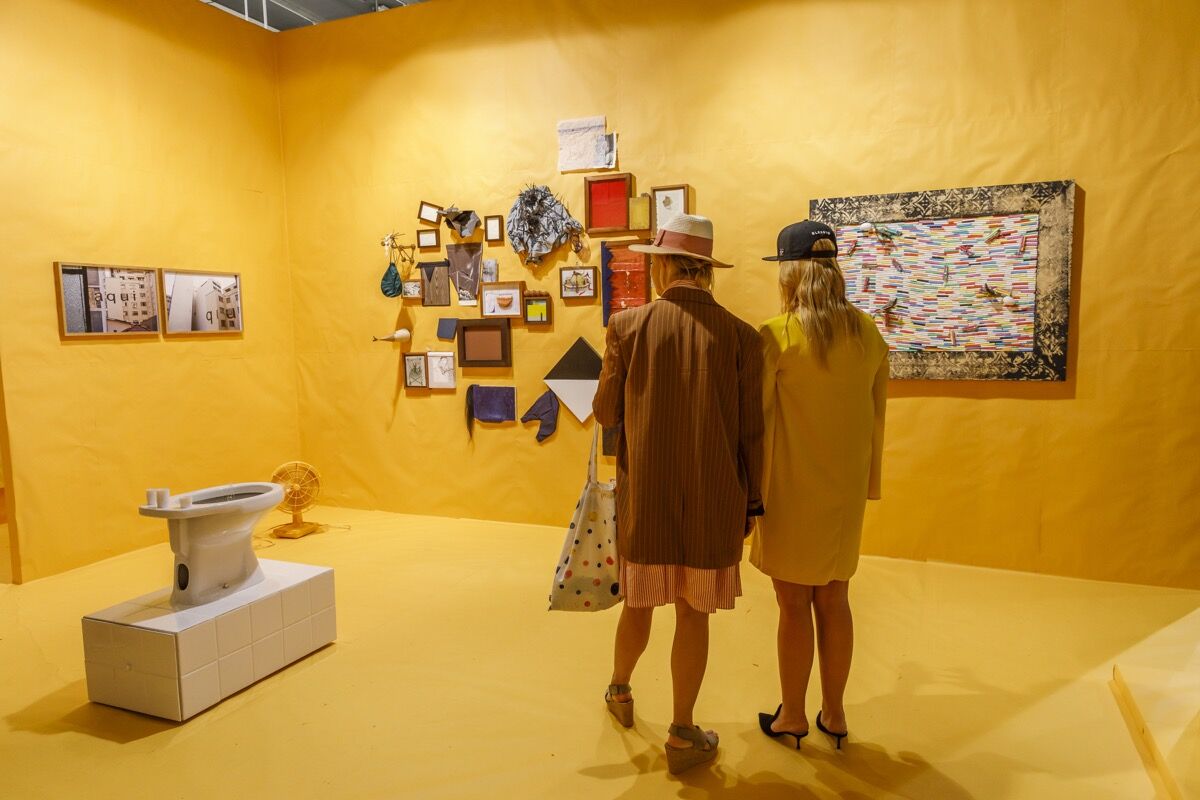
Installation view of A Gentil Carioca’s booth at Art Basel, 2019. Courtesy of Art Basel.
Riffs on
’s famed Fountain (1917)—a urinal-turned-artwork—are never-ending. Yet Rio de Janeiro–based art collective
adds something new to the mix by turning a toilet into a drinking fountain that burbles cachaça. White plastic cups sit on the ledge, tempting fairgoers in need of a happy hour. The booth, bathed in a beachy yellow paint job, also features an opulent sculpture by
filled with beads and baubles. The Brazilian gallery boasts a strong roster of national artists, including
and
.
Hauser & Wirth
Galleries Section, Booth D11
With works by Hans Arp, Larry Bell, Louise Bourgeois, John Chamberlain, Lucio Fontana, Günther Förg, Philip Guston, Annie Leibovitz, Zoe Leonard, Fausto Melotti, Paul McCarthy, Martin Puryear, Mika Rottenberg, Mira Schendel, Cy Twombly, Franz West, and Georges Vantongerloo
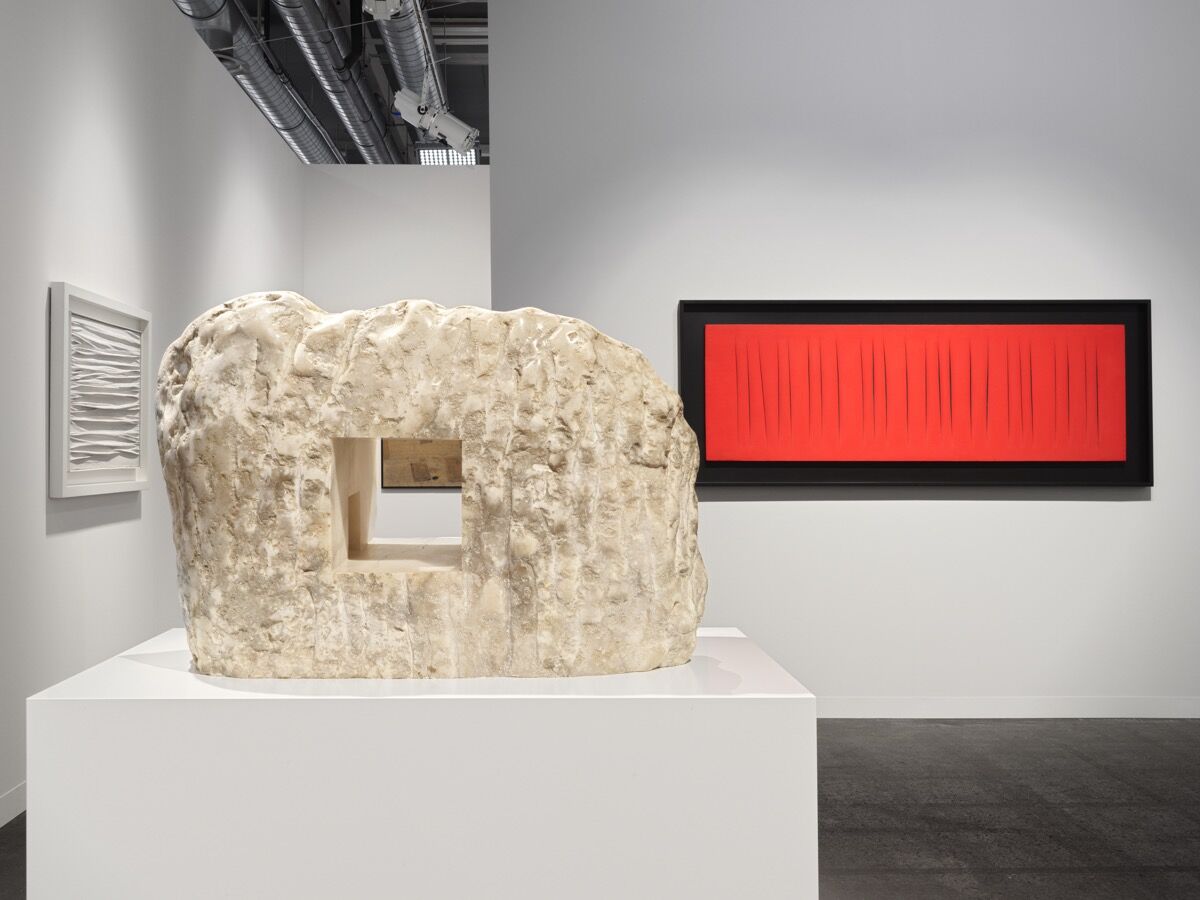
Installation view of Hauser & Wirth’s booth at Art Basel, 2019. Courtesy of Hauser & Wirth. Photo by Stefan Altenburger, Photography Zürich.
Hauser & Wirth announced worldwide representation of
this week. And its Art Basel presentation features a new work by the artist, comprised of 63 photographs taken from 1970–84, of people in cars—including famous personalities such as Martin Sheen, Sissy Spacek, Mick Jagger, and Jane Fonda. “I just realized how strong of an artist she is from an American perspective, of reflecting what America is,” said partner and vice president Marc Payot. The gallery is selling the body of Leibovitz photographs in an edition of four, priced at $275,000; by mid-afternoon of the preview, one had sold.
The gallery also recently began representing the estate of
, whose sculptures are on view. The booth features his PARISIANESCAPADE(1999), a small crushed metal sculpture, for $750,000, and throughout the week, the booth will include two additional works by the artist—teasers for a big Chamberlain show the gallery will mount in September. Chamberlain, gallery owner Iwan Wirth told me, was one “missing piece of the puzzle” in its formidable sculpture program. Other highlights include a striking, red
painting with 24 slashes, Concetto spaziale, Attese (1965); an intriguing ink and screenprint iceberg piece by
; a
sculpture; lyrical works by
; a new
work; and
sculptures.
kurimanzutto
Galleries Section, Booth R1
With works by Abraham Cruzvillegas, Dr. Lakra, Gabriel Orozco, Alejandro Otero, Adrián Villar Rojas, Mira Schendel, Rirkrit Tiravanija, Danh Vō, and Haegue Yang

Installation view of kurimanzutto’s booth at Art Basel, 2019. Courtesy of Art Basel.
A warm glow radiates from kurimanzutto’s booth, where
’sinstallation Jardín con palomas al vuelo (2018) is on view. Over 1,000 pink candles hang from the wall by thread wicks. The gallery will keep a few lighted at all times for the fair’s duration. Vō initially created the conceptual work in 2018, for an installation at Mexico City’s Casa Luis Barragán. He employed Oaxacan artisans to make the candles from beeswax and natural dye from the cochineal insect (the material, once scarce, was a symbol of power and wealth in prehispanic tradition). “The idea was to reinvigorate a local economy,” gallery owner José Kuri told me. If the eventual buyer runs out of candles, they can purchase them from the same women. The piece sold to an institution in Taiwan for an undisclosed price.
Galerie Thomas
Galleries Section, Booth H13
With works by Alexander Calder, Erich Heckel, Max Liebermann, Edvard Munch, and Chaim Soutine
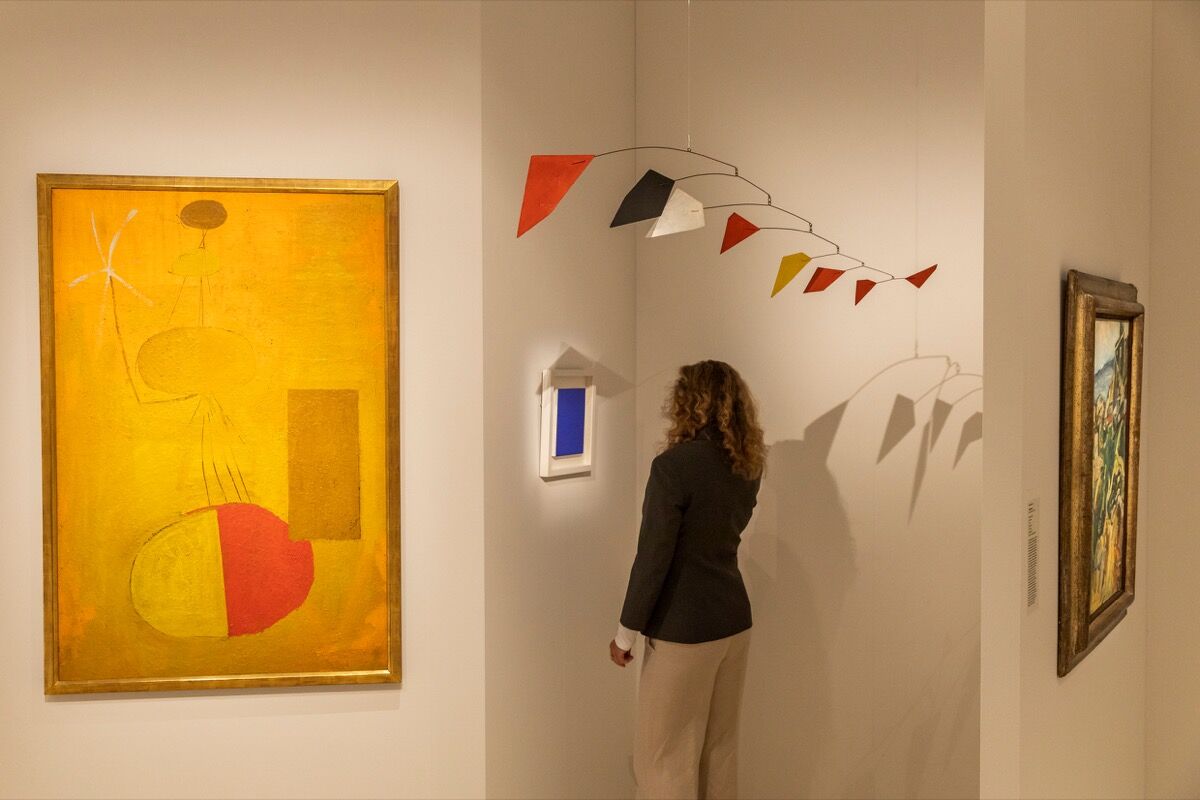
Installation view of Galerie Thomas’s booth at Art Basel, 2019. Courtesy of Art Basel.
Galerie Thomas presents a surprising and ultimately winning pairing of paintings by
(priced at $850,000 to $2.5 million) and
(ranging from $100,000 for certain prints to several million for a painting). On the surface, the two artists had little in common. The former was French-Russian and famous for gory depictions of animal carcasses; the latter was Norwegian and renowned for the world’s most famous depiction of existential dread: The Scream (1893). Yet gallery owner Silke Thomas views the pair as two of the “great painters of early 20th-century art.” She believes that each had “the courage to paint,” and shared in common their stubbornness. They were both “possessed by the idea of expressing themselves.” A gentler side of Soutine is on view—his lush landscapes. Houses by the sea (ca. 1918) looks like a
-inspired collection of sharply angled homes and flowing greenery. Munch’s Seated Young Woman (1916) features a woman wearing a long black dress and a thin black strap around her neck, gazing sadly—a suitably emo work from the master of moodiness.
Metro Pictures
Galleries Section, Booth B3
With works by André Butzer, René Daniëls, Camille Henrot, Cui Jie, Mike Kelley, Oliver Laric, Louise Lawler, Robert Longo, Paulina Olowska, Jim Shaw, and Cindy Sherman

Installation view of Metro Pictures’s booth at Art Basel, 2019. Courtesy of Art Basel.
Attachment theory is hot right now. As your therapist would love to tell you, the psychological model helps explain why some of us continue to pursue unavailable romantic partners.
’s new series “Systems of Attachment” (2019) riffs on these ideas. According to the gallery’s Alexander Ferrando, the artist is interested in “the need, the necessity to actually separate, to individuate, from the parent or romantic relationship.” Her moody, cartoonish figures are awash in reds, yellows, and blues. The works are priced at €22,000 to €28,000 apiece.
Nearby, a busy mixed media–on–wood panel piece by
, Memory Wave #41 (2003), provides an exuberant celebration of kitsch. The artist stuck beads, knick-knacks, smiley faces, and hearts against an acid yellow backdrop (the piece is priced at $2.3 million). And across the booth, you’ll find a fun
print, Untitled (1989), which features the artist wearing a fake bare chest and a furry white mask.
Neue Alte Brücke
Statements Section, Booth N12
With works by Nancy Halt

Installation view of Neue Alte Brücke’s booth at Art Basel, 2019. Courtesy of Art Basel.
An RV takes up most of Neue Alte Brücke’s booth—a strange sight in the middle of the Swiss convention center. It’s part of a work by the collective Nancy Halt, a play on “
,” the name of the major
responsible for the iconic Sun Tunnels (1973–76). The trio (two artists and one art historian) once wanted to include a Holt work in an exhibition they were curating called “Land Art for Aliens.” They couldn’t get it from the foundation (Holt died in 2014). Instead, gallery founder Mark Dickenson explained, they decided to “build a new artist onto an existing artist.” Nancy Halt was born.
Recently, Nancy Halt decided to drive out in the RV to
’sheavily guarded, long-in-progress land artwork City and give the artist a letter written by “Nancy.” He wasn’t available. The collective was eventually able to break in, and documentation of their trip is on view, along with the vehicle (the installation costs $50,000).
Taka Ishii Gallery
Galleries Section, Booth L11
With works by Nobuyoshi Araki, Masahisa Fukase, Minoru Hirata, Rinko Kawauchi, Hanako Murakami, Ikko Narahara, Takuma Nakahira, Lieko Shiga, Sofu Teshigahara, Yusuke Yamatani, and Erika Yoshino
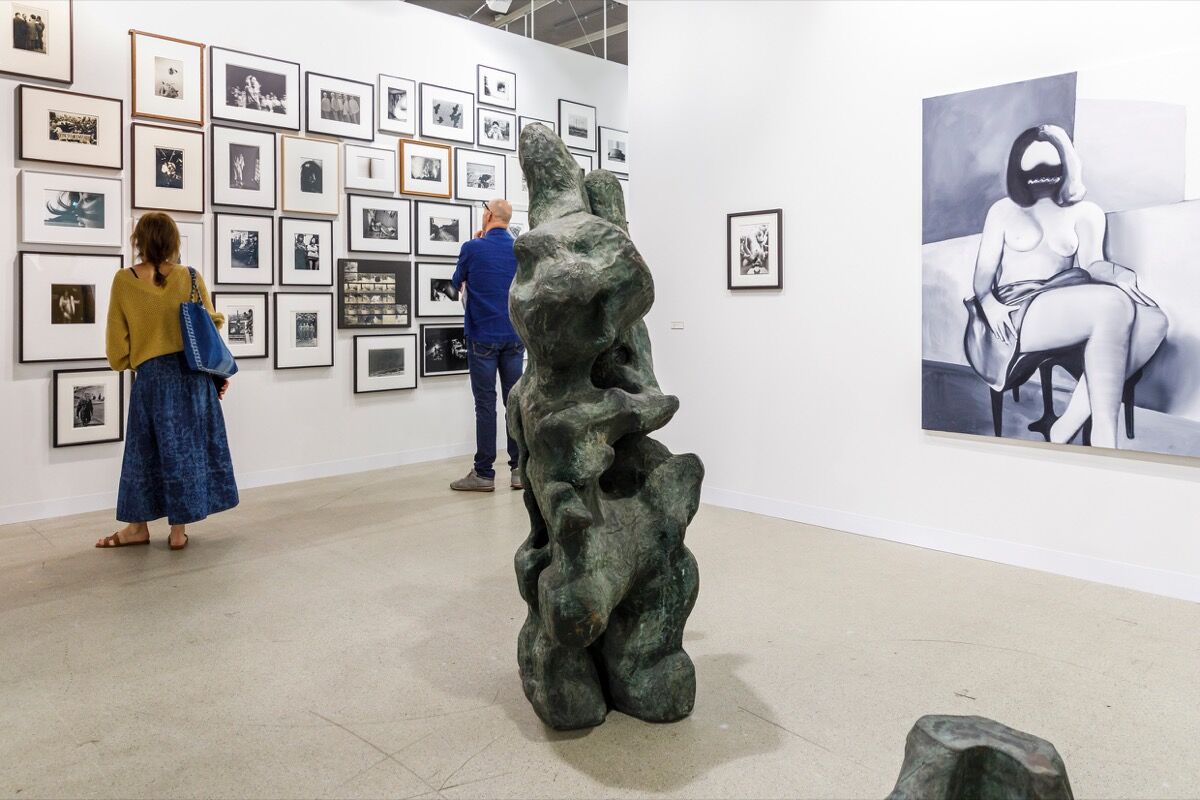
Installation view of Taka Ishii Gallery’s booth at Art Basel, 2019. Courtesy of Art Basel.
An impressive wall of the Taka Ishii Gallery booth displays 74 photographs by Japanese artists, made from the 1960s through the present. They range from
’s sexy provocations to
’s shadowy streetscapes. Other pictures show public transit, destroyed buildings, and a man throwing clothing off a roof. The most famous of the bunch hangs in the back room:
’s Basement Tavern, Vienna (1955), which shows two figures at the back of an otherwise empty, dimly lit bar. A smoky, nostalgic haze is palpable. Prices range from around $1,000 to $80,000 (the Kimura is at the higher end). Gallerist Takayuki Ishii told me that he wanted the presentation to gather some of the “most famous, influential” national photographers in one place.
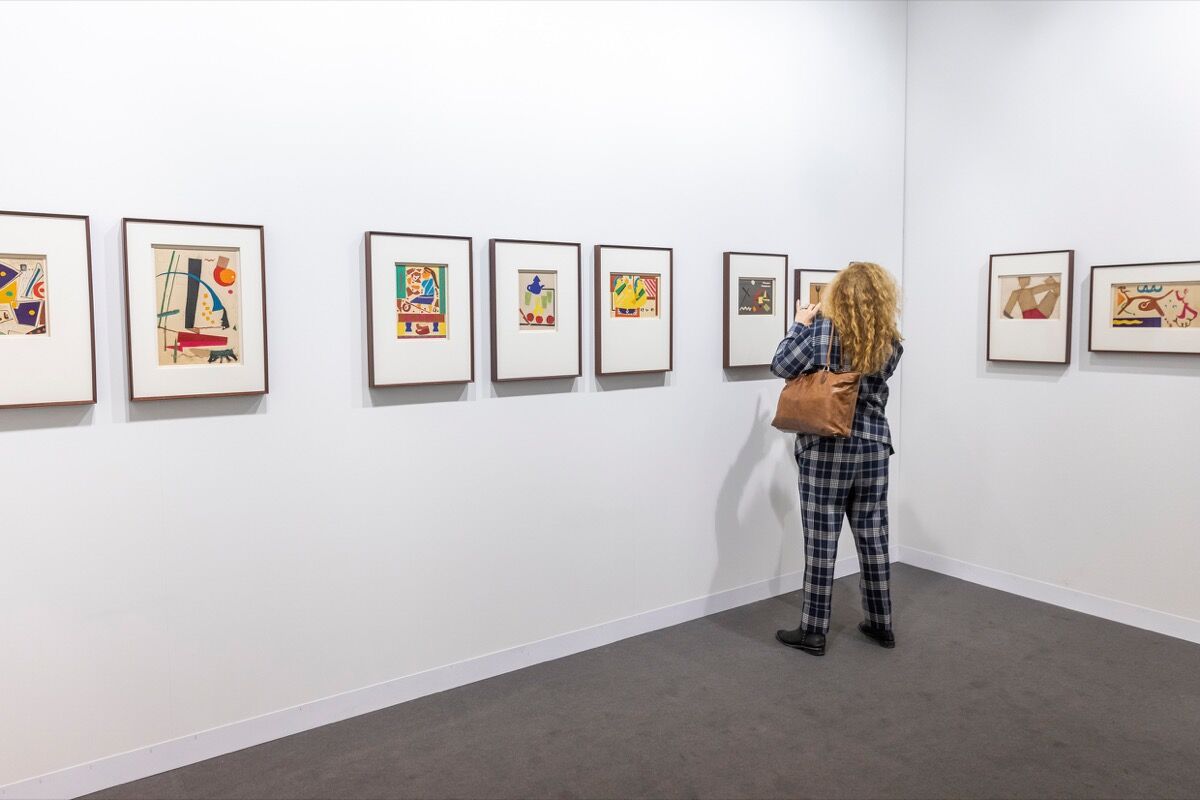
Installation view of Vadehra Art Gallery’s booth at Art Basel, 2019. Courtesy of Art Basel.
Artist
, who emerged from the Indian counterpart to the Weimar Bauhaus, went blind in 1957. He continued to make work that was perhaps even stronger than his output from when he could see. No longer able to paint, he turned to paper cutouts. His works on view at Vadehra’s booth, all from this late period of his career, are vibrant compositions of found paper and bright, simple shapes (prices range from $22,000 to $30,000). The works evidence the artist’s indomitable drive to create.The Tate Modern has acquired similar pieces and positioned them as heirs to
’s famous cutouts. Vadehra recently bought the artist’s estate of around 700 works. Gallery director Roshini Vadehra noted that the works were receiving significant museum interest from American and European institutions.
Standard (Oslo)
Galleries Section, Booth M9
With works by Mathew Cerletty, Gardar Eide Einarsson, Goutam Ghosh, Kim Hiorthøy, Mikael Lo Presti, Torbjørn Rødland, Julia Rommel, Mari Slaattelid, Fredrik Værslev, and Anna Zacharoff
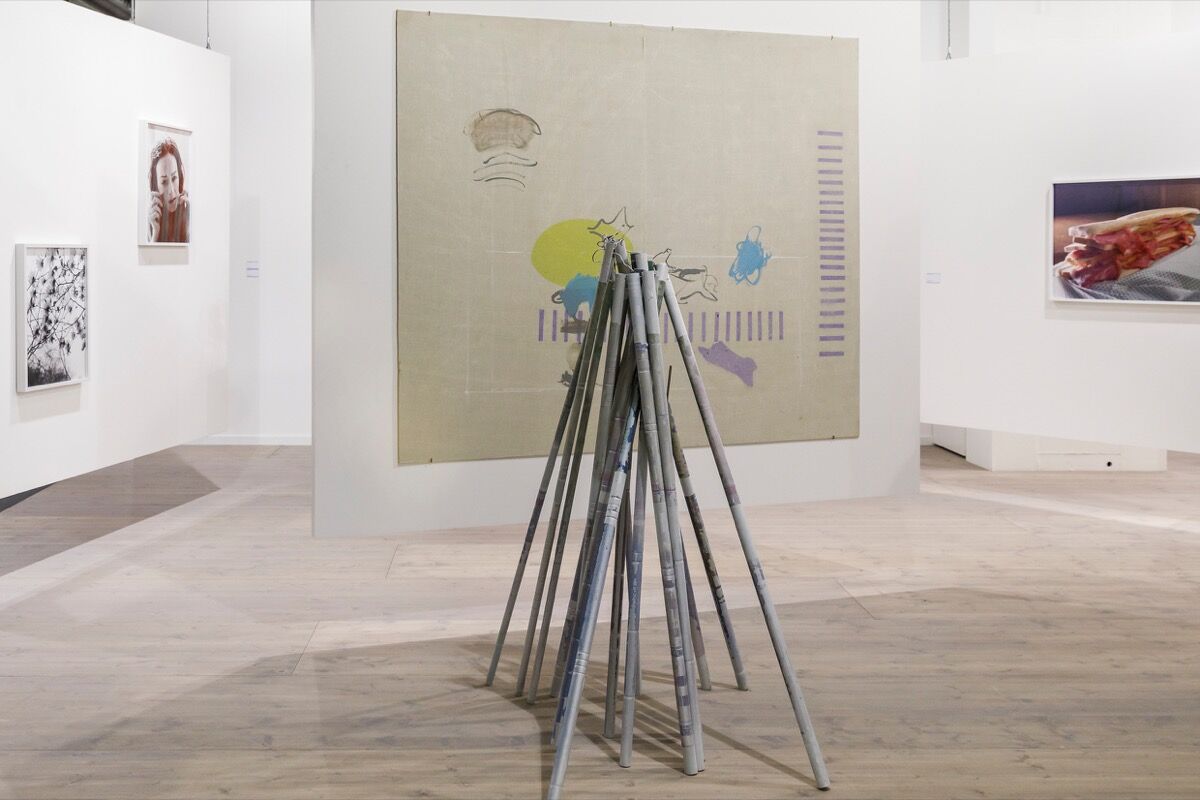
Installation view of Standard (Oslo)’s booth at Art Basel, 2019. Courtesy of Art Basel.
Upon seeing Standard (Oslo)’s booth, you might ask: “Who made the Keanu Reeves meme work?” The answer is
. The Norwegian artist has turned the “Keanu conspiracy” meme into a series of prints. The texts across Reeves’s headshot offer insightful questions, such as “What if the reason we haven’t gotten visitors from the future is because we have no future?” and “What if there are hot singles near me?”
The gallery is also debuting
’s amusing, crisp photograph of a very large sandwich, entitled The Thousand Dollar Sandwich (2019).
, who just closed an excellent show at New York gallery Bureau, is also exhibiting a candy-hued painting, entitled Woman with Long Fingers (2019). Bold patches of negative white space discomfort and challenge the viewer—a feeling at odds with the welcoming, pastel hues of the border.
Carlos/Ishikawa
Statements Section, Booth N12
With works by Rose Salane
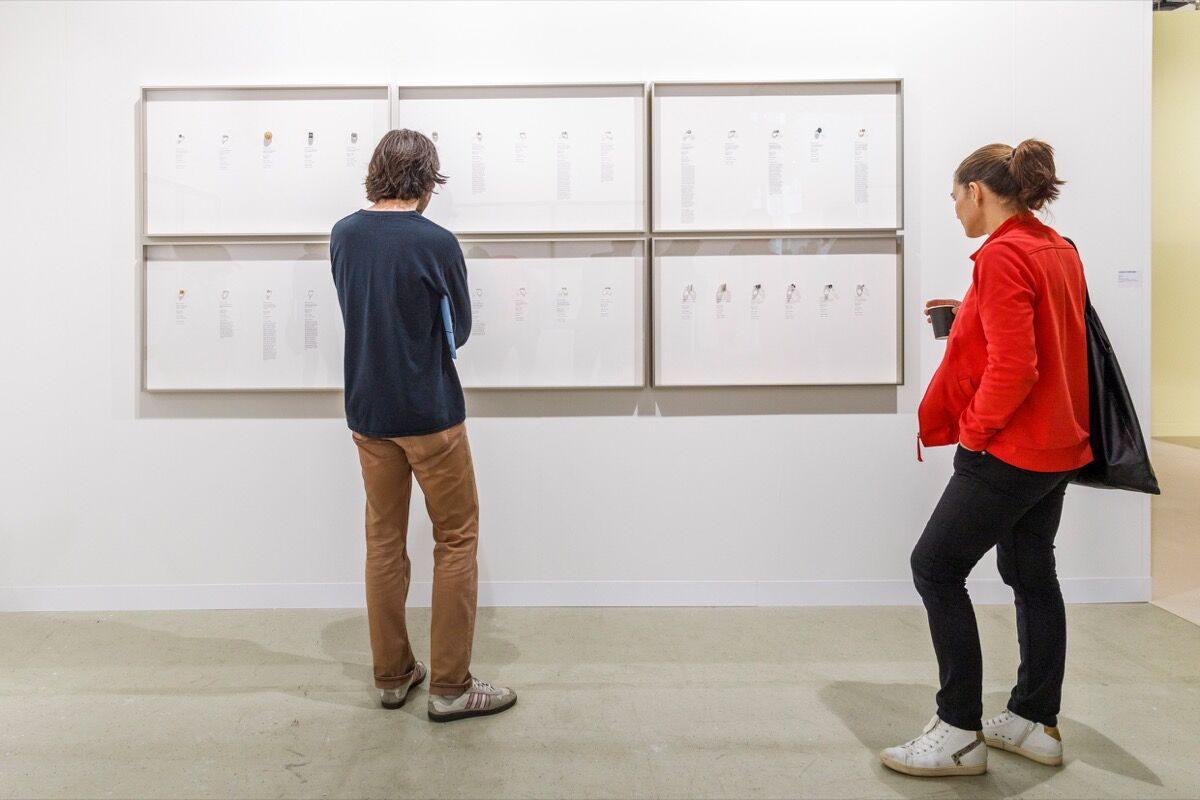
Installation view of Carlos/Ishikawa’s booth at Art Basel, 2019. Courtesy of Art Basel.
Artist Rose Salane acquired 94 rings at an unusual auction—a sale of unclaimed property found on the New York subway system. “The MTA kept them for one year, with the hope of repatriating them,” gallerist Robert Liddiment said. Then, in Salane’s hands, they became mysteries to solve. In 2018, the artist asked an “intuitive reader” to guess the backstories behind the rings.
“It’s very strange what I am getting,” the psychic medium noted of one gold ring with red and green stones. “I feel like this ring belongs to a woman who was trying to lose weight.…She was obsessing about time.…The person isn’t searching for the ring really, they are like a closed book. In their mind this ring is a closed chapter.”
Salane also analyzed the DNA on the rings and asked jewelers to appraise them. She’s mounted the rings and silkscreened information received from all three tests onto a white background; there are six rings and captions per page ($5,000 for one; $25,000 for a set of six). Altogether, they form a lyrical game of lost and found.
Alina Cohen is a Staff Writer at Artsy.

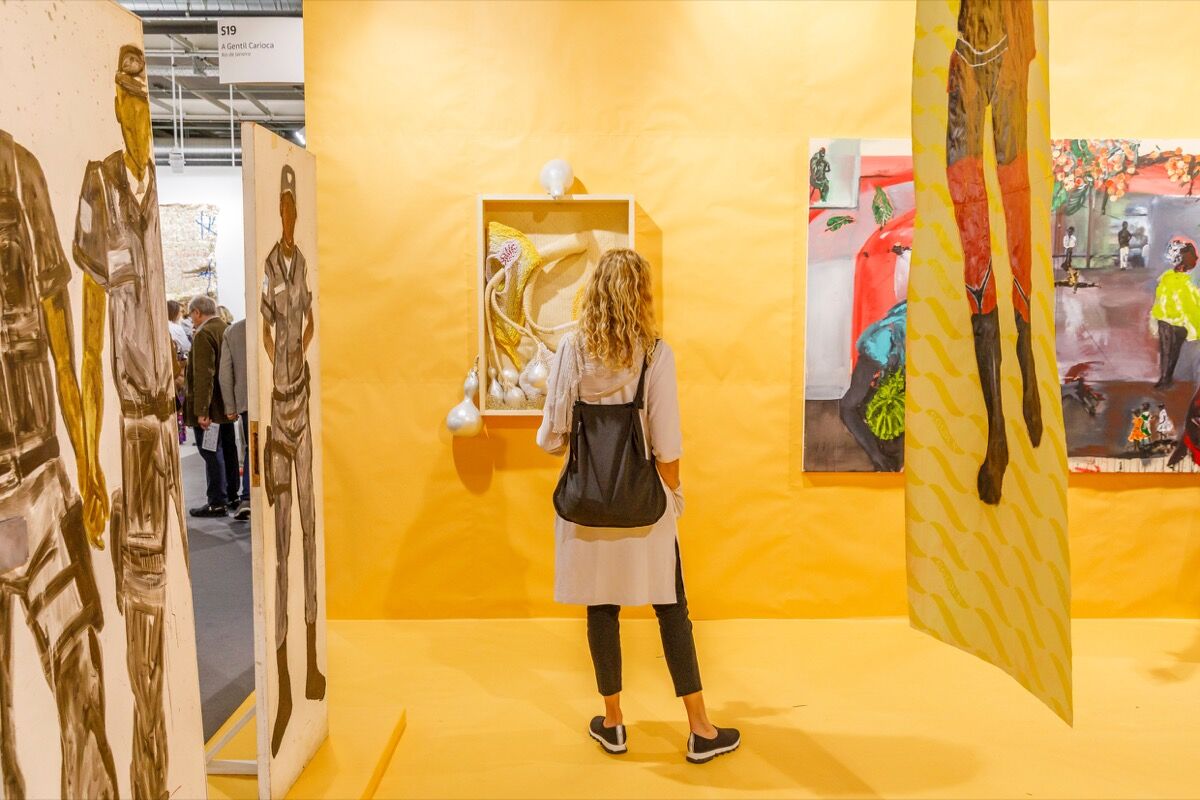
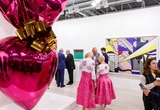
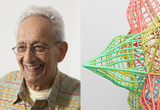

No comments:
Post a Comment